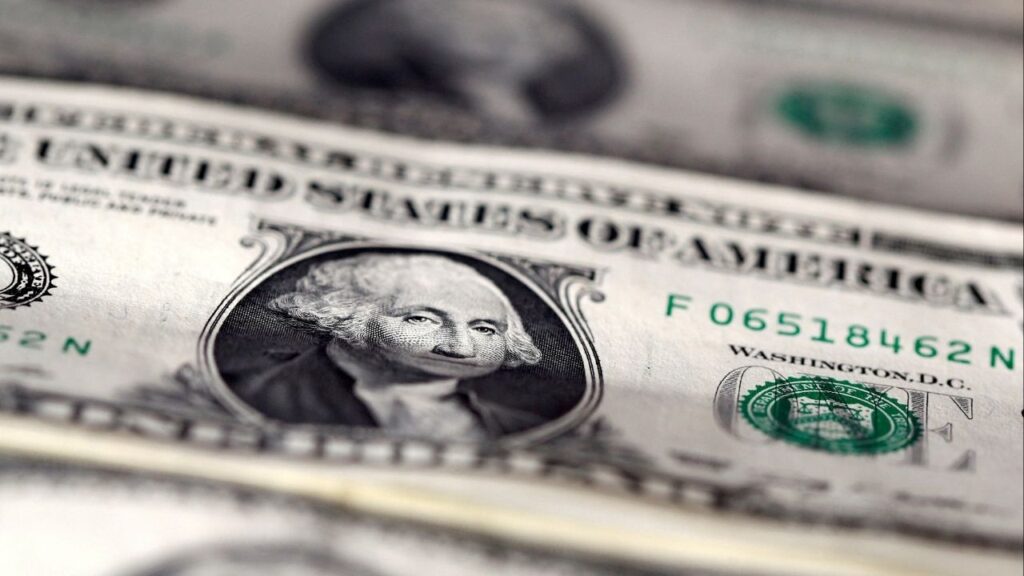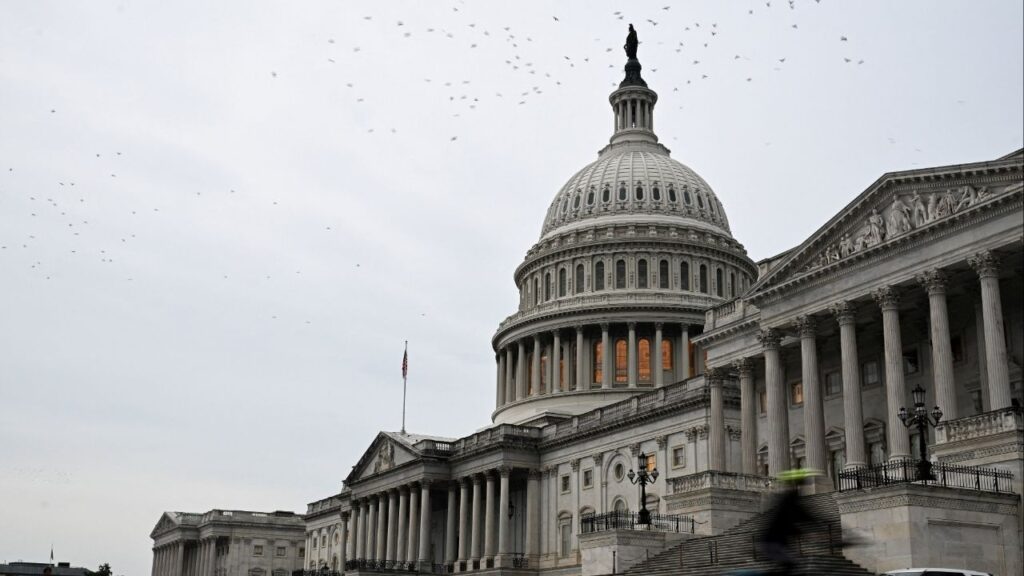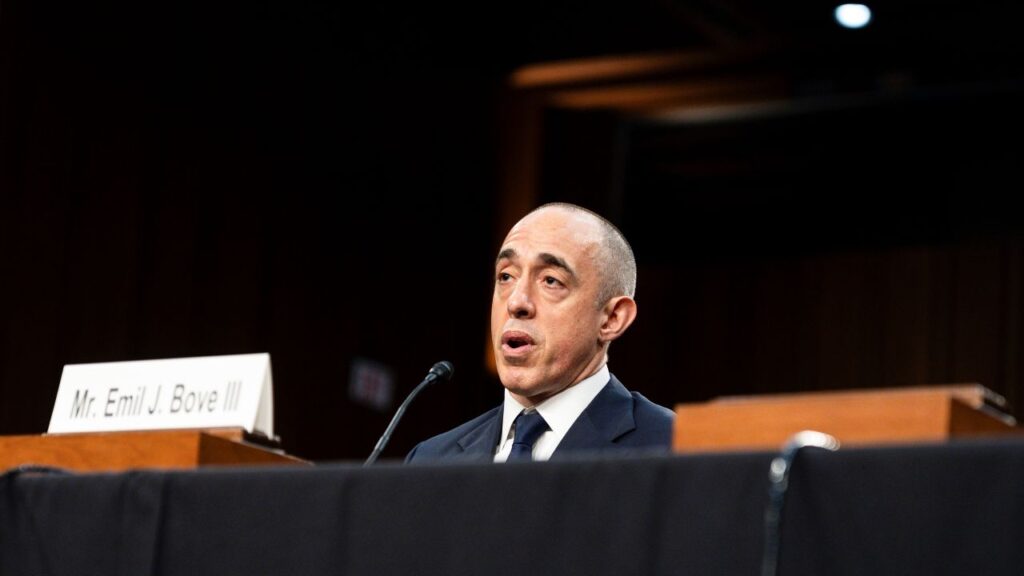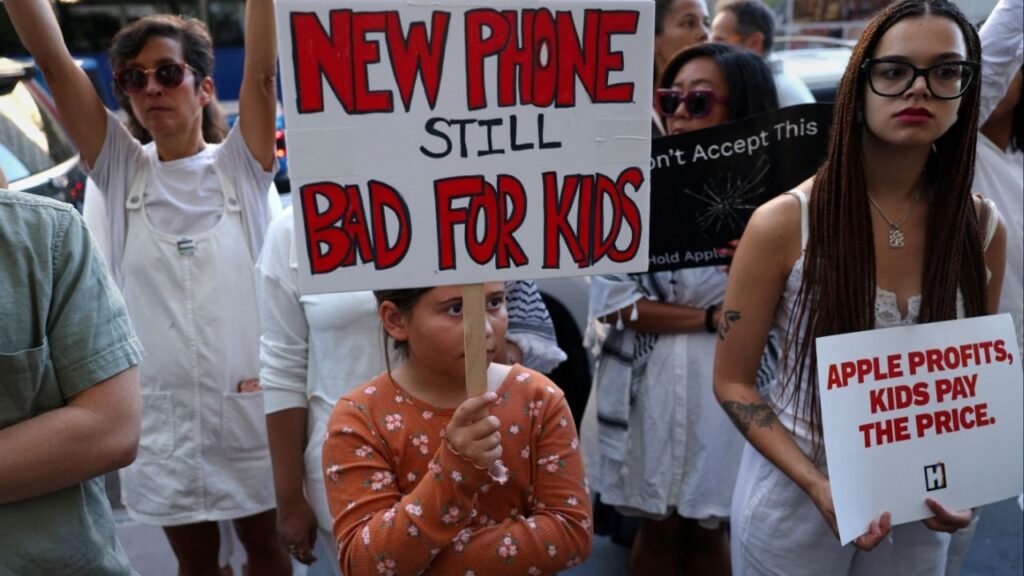Share
|
Getting your Trinity Audio player ready...
|
The cost of imprisoning one person in California has increased by more than 90% in the past decade, reaching a record-breaking $132,860 annually, according to state finance documents.

Kristen Hwang
CalMatters

Nigel Duara
CalMatters
That’s nearly twice as expensive as the annual undergraduate tuition — $66,640 — at the University of Southern California, the most costly private university in the state.
California’s spending per inmate jumped steeply during the COVID-19 pandemic and it continued to increase despite recent cost-cutting moves, including Gov. Gavin Newsom’s recent move to close three state prisons.
Employee Pay, Improved Healthcare for Inmates Raises Costs
It’s propelled by lucrative employee compensation deals and costly mandates to improve health care behind bars, according to fiscal analyses by the nonpartisan Legislative Analyst’s Office. Newsom’s most recent budget proposal includes $18.1 billion for the Department of Corrections and Rehabilitation, up from $15.7 billion when he took office in 2019.
Some lawmakers and advocates have argued California should focus on rehabilitation and shut down additional prisons to save money in the face of what the governor’s office projects to be a $38 billion deficit.
Last year, the Legislative Analyst’s Office suggested the state could close as many as five more state prisons because of California’s declining inmate population.
That would stand to save upwards of $1 billion in operating costs, and even more money on unfunded capital improvement projects, the report said.
Newsom’s three closures and the cancellation of a contract for a fourth privately run prison save the state an estimated $667 million over the next year, according to the Department of Finance, but the savings are not enough to offset increased operational and employee costs.
New Contracts for Guards, Doctors
The California Correctional Peace Officers Association, which represents 26,000 prison guards, last summer negotiated a contract with successive 3% raises and other perks that will cost the state roughly $1 billion over the next three years. The prison doctors’ union, which represents 1,700 employees, also negotiated a two-year contract with a combined 5.5% general salary increase and a range of other incentives. The Newsom administration estimates it will cost $234 million over three years.
But Newsom, at least for now, is not recommending any additional prison closures. Instead, his state budget proposal recommends keeping prisons open with fewer inmates in them to provide more space for rehabilitative programs.
“The administration is not currently proposing any additional prison closures,” H.D. Palmer, spokesperson for the Department of Finance, said in a statement. “We remain committed to meeting the needs of staff and the incarcerated population while right-sizing California’s prison system as the prison population declines over time, and to addressing space needs as the state transforms the carceral system to one more focused on rehabilitation.”

Opponents of mass incarceration say the administration’s argument for keeping empty prison beds open doesn’t align with how the money is spent.
“This is a cash grab by (the corrections department),” said Brian Kaneda, deputy director of the prison abolitionist group Californians United for a Responsible Budget. Newsom has touted transforming San Quentin State Prison into a rehabilitation center, but advocates like Kaneda and state advisory groups say the plan is vague.
Rehabilitation costs, which currently include prisoner education and activities, only make up a fraction of total correctional spending — roughly 3% — over the past decade, according to state budget documents.
In a written statement, the corrections department said its spending plan “judiciously uses taxpayer dollars in a manner that balances the need for cost-efficiency while maximizing public safety, the wellbeing of incarcerated people and successful rehabilitation.”
Costs in California Prisons
The actual cost to house a prisoner is much closer to $15,000, said Caitlin O’Neil, a criminal justice analyst for the nonpartisan Legislative Analyst’s Office. Direct costs include things such as food and clothing while the remaining 91% of spending per prisoner comes from fixed costs like salaries and facility upkeep.
She found that compensation for employees at the corrections department increased by 43% between 2010 and 2019 — from $110,000 to $158,000 — nearly triple the rate of inflation.
Last summer, the state prison guard contract included $10,000 bonuses for officers at certain prisons and a new guaranteed 401k contribution in addition to regular pension benefits.
The state’s current savings from prison closures, about $200 million per facility, is not nearly enough to offset those pay and benefits boosts.
“We would have to close one or more prisons per year just to offset employee compensation increases that happen regularly,” O’Neil said.
The peace officers’ union did not respond to requests for comment. Prison labor advocates often argue that jobs are dangerous and difficult to staff, warranting high compensation benefits.
The union can be a force in the Capitol. It has contributed $2.2 million to the campaigns of current state legislators and it gave $1.75 million to help Newsom defeat a 2021 recall campaign. It also recently contributed $1 million to support Proposition 1, the measure Newsom placed on the March ballot to build housing and treatment facilities for people with serious mental health conditions.
Despite a precipitous decline in prison populations, corrections spending has remained relatively stable. In 2018, the average daily prison population topped 120,000 compared to a projected 90,240 people in 2024. That’s a 25% decrease. In contrast, correctional spending as a share of the total state budget has barely dropped in the same time period from 7% to 6%.
What should be good news to opponents of mass incarceration — decreasing populations — has not resulted in a leaner criminal justice system.
“If you have $700 million in annual savings from prison closure, but you’re spending hundreds of millions of dollars on new prison infrastructure and giving prison guards a billion dollar raise (over three years), that starts to show why the math isn’t mathing,” Kaneda said.
But wholesale cuts to correctional spending don’t necessarily always equate to better prison conditions, said John Pfaff, a law professor at Fordham University.
“If you don’t cut (budgets) carefully, that makes prisons worse places to be. It makes them more dangerous, more traumatic,” Pfaff said. “I say that as someone who is not a fan at all of prisons as a general institution.”
Prison Medical Costs Soar
Medical care is one area of increased spending where the state, under court order, is trying to improve prison conditions.
The average cost per person for medical care has more than doubled in the past 10 years, and total health care spending by the corrections department has increased by about 67%. Although the recent prison closures have cut about 2,700 correctional positions, medical spending has eaten up those savings.
Prison officials struggle to hire highly trained medical professionals when they can easily find work elsewhere. The vacancy rate for psychiatrists exceeds 50% at some state hospitals and prisons, according to court documents filed in an ongoing lawsuit about prison conditions and safety, and 20% of positions for primary care doctors are empty.
To fill the gap, California has spent more than $1.1 billion on temporary medical staff over the past five years, according to documents obtained by CalMatters through the California Public Records Act.
The state tried to combat chronic staff shortages in the latest contract signed with the prison doctor’s union, offering $42,000 bonuses on top of raises.
Should California Close More Prisons?
Former Assembly Budget Chair Phil Ting, a Democrat from San Francisco, said corrections is the only state program where having fewer people translates into more spending. In 2022 Ting proposed closing three more prisons to bring down fixed costs and account for the shrinking number of prisoners.
“If we were educating 50% less kids, you’d see the funding go down. If we had 50% less people in health care or 50% fewer families using CalFresh, the programs would go down,” Ting said. “So how is it at a time when the prison population has not just gone down a little bit, has gone down significantly, that spending increased?”
There were roughly 15,000 empty beds last year in prisons across the state, according to the Legislative Analyst’s Office. That number, driven largely by decades of sentencing changes and court-ordered mandates to decrease prison crowding, is expected to reach 20,000 over the next three years.
“We’re not not talking about some very small number where they want to keep a little bit of a buffer,” Ting said. “They want to keep three to five empty prisons up and running.”
Ting, who is no longer the budget chair, said he may still push this year to shut down more prisons.
About the Authors
Kristen Hwang reports on health care and policy for CalMatters. She is passionate about humanizing data-driven stories and examining the intersection of public health and social justice. Before joining CalMatters, Kristen earned a master’s degree in journalism and a master’s degree in public health from UC Berkeley, where she researched water quality in the Central Valley. She has previously worked as a beat reporter for The Desert Sun and a stringer for the New York Times California COVID-19 team.
Nigel Duara joined CalMatters in 2020 as a Los Angeles-based reporter covering poverty and inequality issues for our California Divide collaboration. Previously, he served as a national and climate correspondent on the HBO show VICE News Tonight. Before that, he was the border correspondent at the Los Angeles Times based in Phoenix, deployed to stories across the country. He is a longtime contributor to Portland Monthly magazine and graduated from the University of Missouri School of Journalism.
About CalMatters
CalMatters is a nonprofit, nonpartisan newsroom committed to explaining California policy and politics.
RELATED TOPICS:
Categories

Fresno Train-Vehicle Collision Causes Traffic Disruptions

US Dollar Tumbles After Fed Cuts Rates, Powell Comments

















